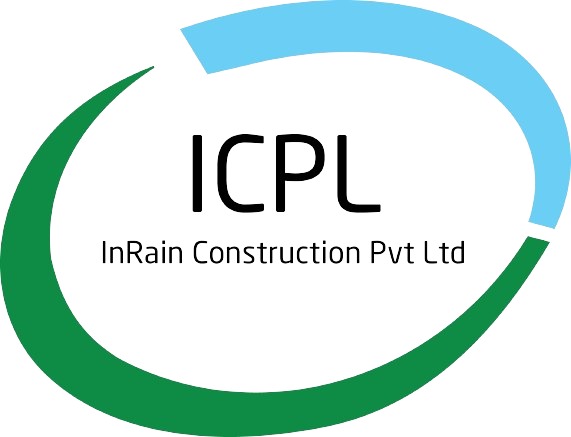

Mr Nishant Gauarav
mail@inrainconstruction.com
9910220794
Delhi Delhi - 110074
Industries consume vast amounts of water daily for processes, cooling, cleaning, and other operations. With increasing water scarcity, implementing a rainwater harvesting system can help industries reduce dependency on municipal or groundwater sources while promoting sustainability.
How Rainwater Harvesting Works in Industries
A well-designed RWH system for industries involves:
Catchment Area – Large industrial rooftops, paved areas, or open land can serve as catchment surfaces to collect rainwater.
Gutters & Downpipes – Channels direct rainwater from rooftops to storage tanks or filtration systems.
First Flush System – Diverts the initial dirty rainwater to ensure only clean water enters storage.
Filtration Unit – Sand, charcoal, or mesh filters remove debris and contaminants.
Storage Tanks – Large underground or overhead tanks store filtered water for industrial use.
Distribution System – Pumps and pipelines supply harvested water for cooling, cleaning, or landscaping.
Benefits for Industries
Cost Savings – Reduces water bills and reliance on external water sources.
Sustainable Water Management – Lowers groundwater depletion and supports eco-friendly practices.
Compliance & CSR – Helps meet environmental regulations and enhances corporate social responsibility (CSR) initiatives.
Disaster Resilience – Provides an alternative water source during shortages or droughts.
Applications in Industries
Cooling Towers – Non-potable harvested water can be used in cooling systems.
Floor & Equipment Cleaning – Reduces freshwater usage for maintenance.
Landscaping & Toilet Flushing – Ideal for non-drinking purposes.
Conclusion
Rainwater harvesting is a cost-effective and sustainable solution for industries to conserve water. By integrating RWH systems, industries can reduce operational costs, comply with environmental norms, and contribute to water security.
Visit for more info: